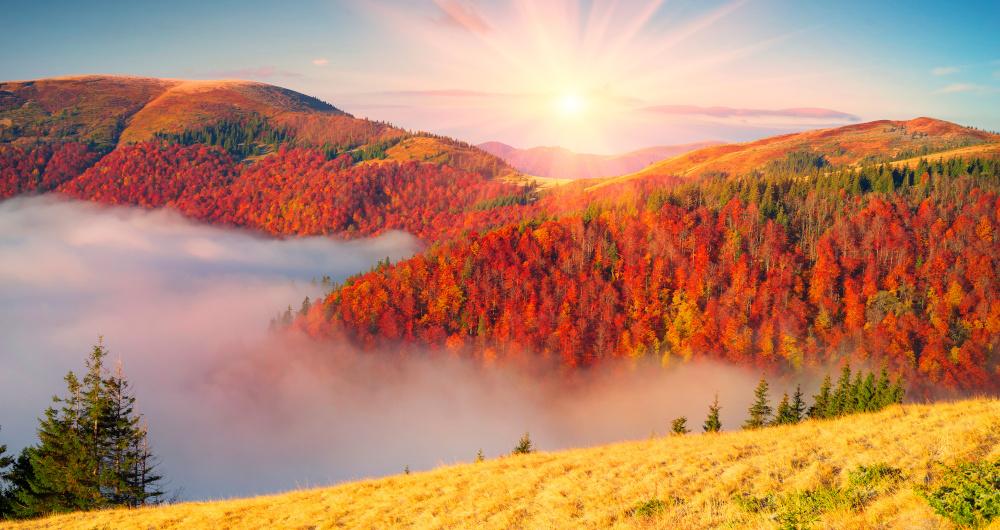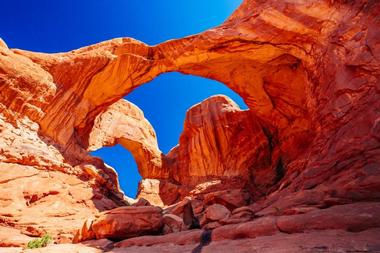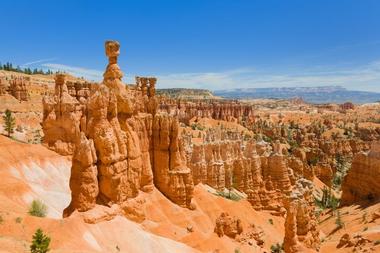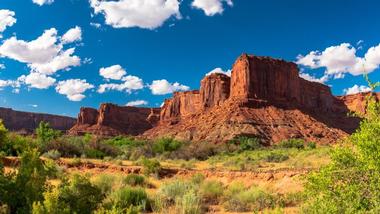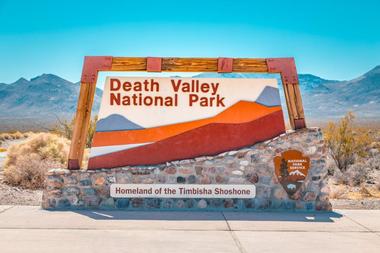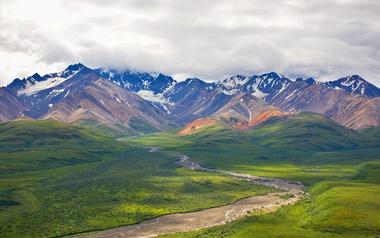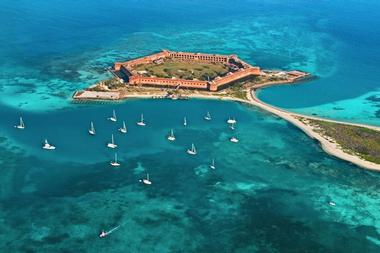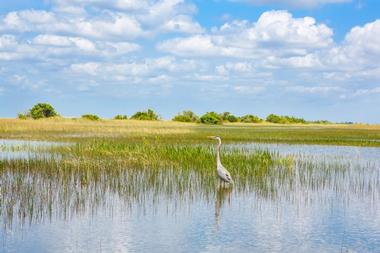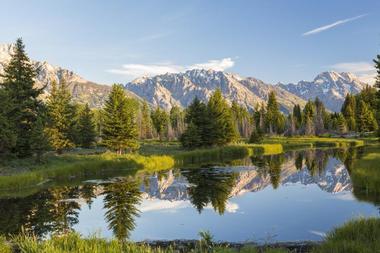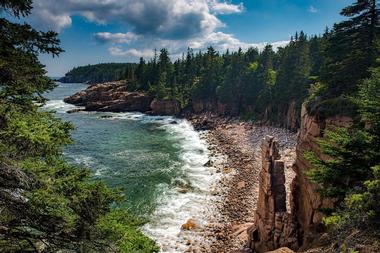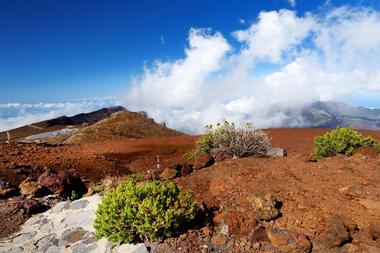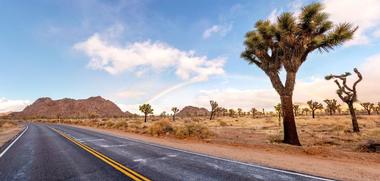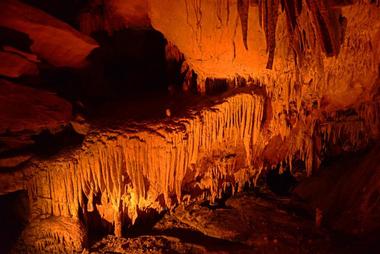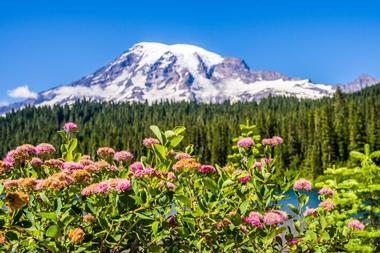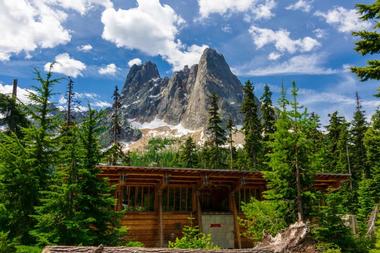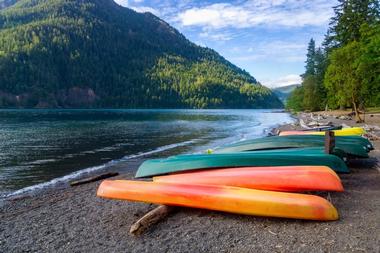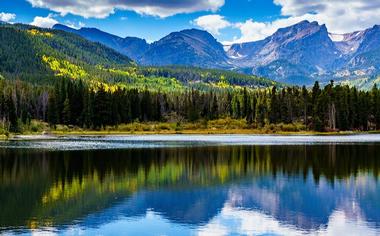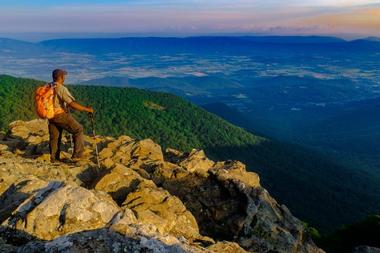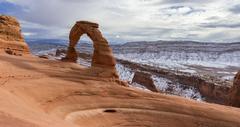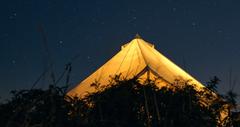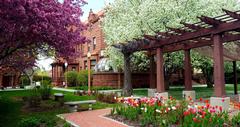The United States was the first country in the world to establish a national park Today, there are more than 60 remarkable parks dotted across the nation. The array of natural beauty is truly astounding; it's hard to believe that a single country can be home to the extraordinary colorful rock formations of the Badlands, the swampy marshland of the Everglades, and the dazzling glaciers of Mount Rainier National Park.
Great Smoky Mountains National Park
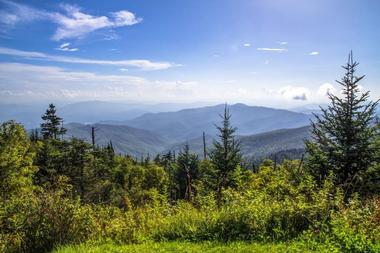
Laying across the border between Tennessee and North Carolina, Great Smoky Mountains National Park is known for its magnificent mountains and its incredible diversity of plant and animal life. It's the most visited national park in the country, and it's easy to see why. You can hike for miles through old growth forests and past rushing waterfalls.
Arches National Park
Famed for its spectacular red rock formations, Arches National Park is a wondrous place unlike anywhere else in the world. The park is best known for its 2,000 rock arches, but there are plenty of other incredible formations as well, including rock spires and enormous balanced boulders.
Badlands National Park
Despite its intimidating name, Badlands National Park is one of the best parks in the entire country.
Bryce Canyon National Park
Yet another park known for its otherworldly rock formations, Bryce Canyon National Park is centered around a jawdropping canyon filled with dramatic orange hoodoos.
Canyonlands National Park
Just outside the town of Moab, Canyonlands National Park encompasses a rocky, colorful landscape that has been carved into majestic rock formations by the Colorado River.
Crater Lake National Park
Founded in 1902, Crater Lake National Park is home to the deepest lake in America, which was formed by a volcanic eruption approximately 7,700 years ago.
Death Valley National Park
Death Valley National Park might not sound like the most pleasant place to visit, but contrary to what you might expect, it's a vibrant destination filled with plants and animals that have adapted to living in one of the driest, hottest places on Earth.
Denali National Park
Located in the middle of Alaska, Denali National Park isn't the easiest national park to get to, but it's certainly one of the most rewarding.
Dry Tortugas National Park
Only 70 miles away from Key West, Dry Tortugas National Park encompasses seven small islands dotted across the Gulf of Mexico.
Everglades National Park
Sitting at the southern tip of Florida, Everglades National Park encompasses an incredibly diverse range of terrain, including marshland, pine flatlands, and mangrove forests.
Glacier National Park
Tucked up right against the Canadian border in northwest Montana, Glacier National Park offers more than 1,500 square miles of pristine wilderness dotted with sparkling lakes and soaring mountains.
Grand Canyon National Park
The Grand Canyon is one of the most iconic natural attractions in North America, and if you've never been, Grand Canyon National Park is certainly a place that needs to be on your bucket list.
Grand Teton National Park
Stretching from the border of Yellowstone National Park to the northern part of the Jackson Hole valley, Grand Teton National Park protects the major peaks of the awe-inspiring Teton Mountain Range.
Acadia National Park
The only National Park in Maine, Acadia National Park was established to protect the natural beauty of the Atlantic Coast.
Hawai'i Volcanoes National Park
One of the country's most unique national parks, Hawai'i Volcanoes National Park is located on Hawaii's Big Island.
Watch this video for more about Hawai'i Volcanoes National Park.
Joshua Tree National Park
Nestled in southern California, Joshua Tree National Park gets its name from the unique, bristly trees that dot the stark landscape, but it's also known for its striking rock formations, its former gold mines, and its fiery sunsets.
Mammoth Cave National Park
Home to the longest cave system in the world, Mammoth Cave National Park protects more than 400 miles of limestone caverns hidden under the rolling hills of Kentucky.
Mount Rainier National Park
Established in 1899,Mount Rainier National Park is one of the oldest national parks in the entire world, and it boasts some truly impressive mountains and glaciers.
North Cascades National Park
Although it's not as well-known as some of the other national parks in America, North Cascades National Park is home to some of the country's most spectacular wilderness, and it's only three hours away from Seattle.
Olympic National Park
Occupying a significant chunk of Washington's Olympic Peninsula, Olympic National Park is known for its incredibly diverse range of ecosystems.
Rocky Mountain National Park
Spanning the Continental Divide in Colorado, Rocky Mountain National Park is another of the country's most magnificent mountain destinations.
Shenandoah National Park
Tucked in between the Shenandoah Valley and the Piedmont region of Virginia, Shenandoah National Park encompasses more than 100 miles of the Blue Ridge Mountains.
Yellowstone National Park
Spread out over approximately 2 million acres of one of the most geothermally active spots in the world, Yellowstone National Park is known for its spectacular geysers, mudpots, and hot springs.
Yosemite National Park
Created to protect the majestic Yosemite Valley, whose granite cliffs are more than twice as tall as the Empire State Building in some places, Yosemite National Park offers endless opportunities for hiking, rock climbing, and simply soaking in the beauty of nature.
Zion National Park
The oldest of the "Big Five" national parks in Utah, Zion National Park is known for its abundance of striking red sandstone cliffs, which often make visitors feel like they've been transported to a movie set.


